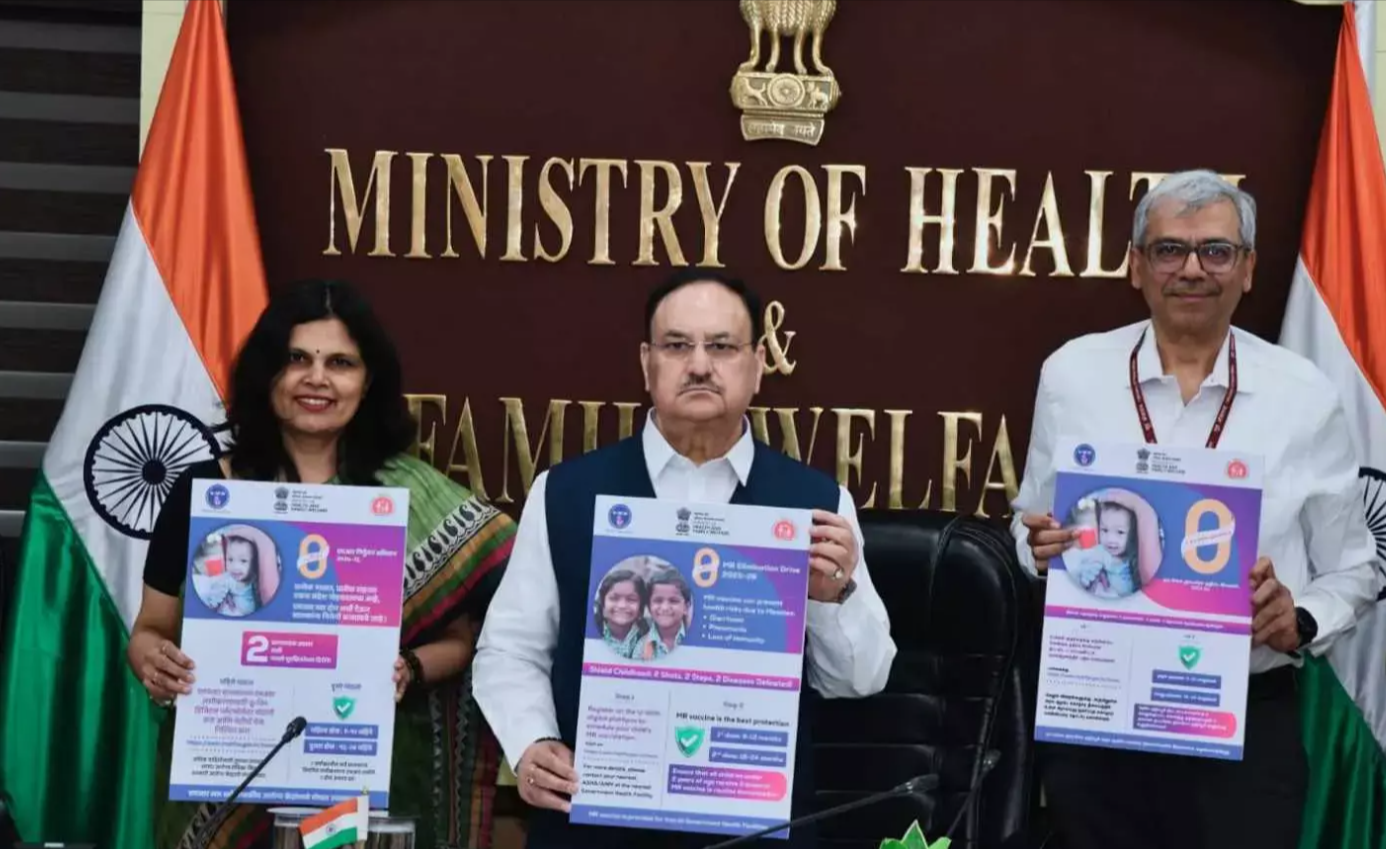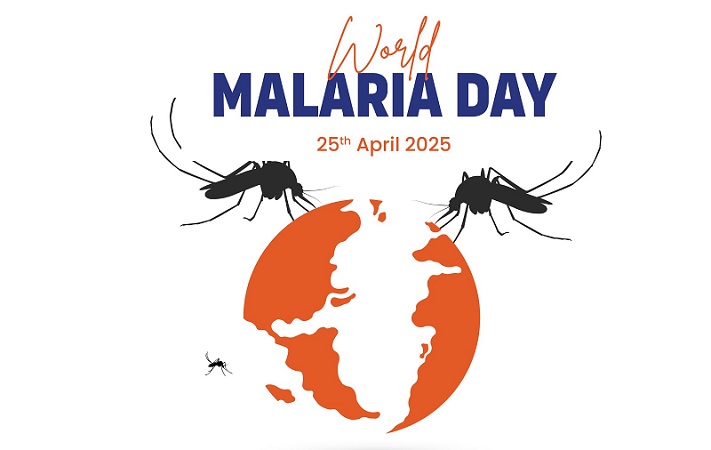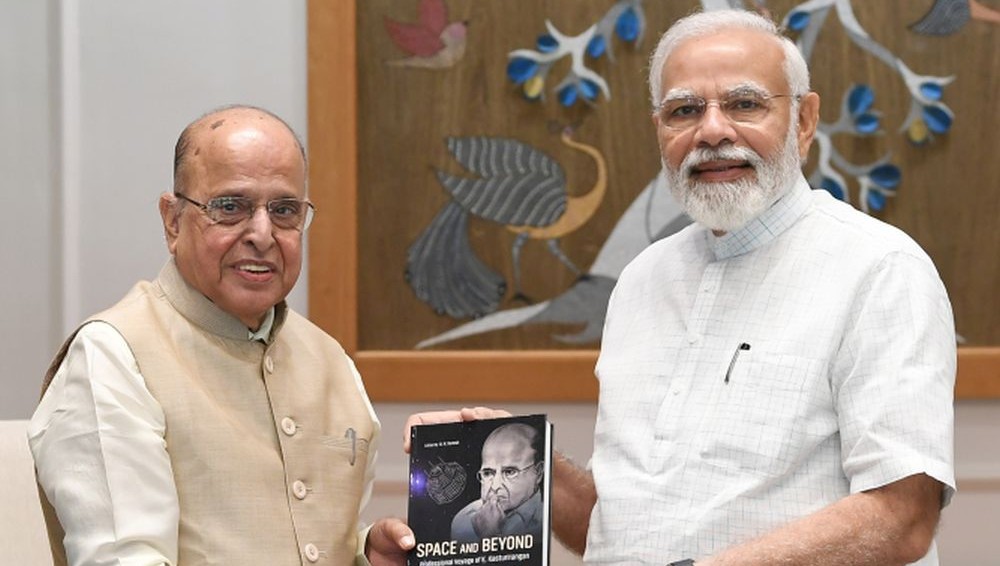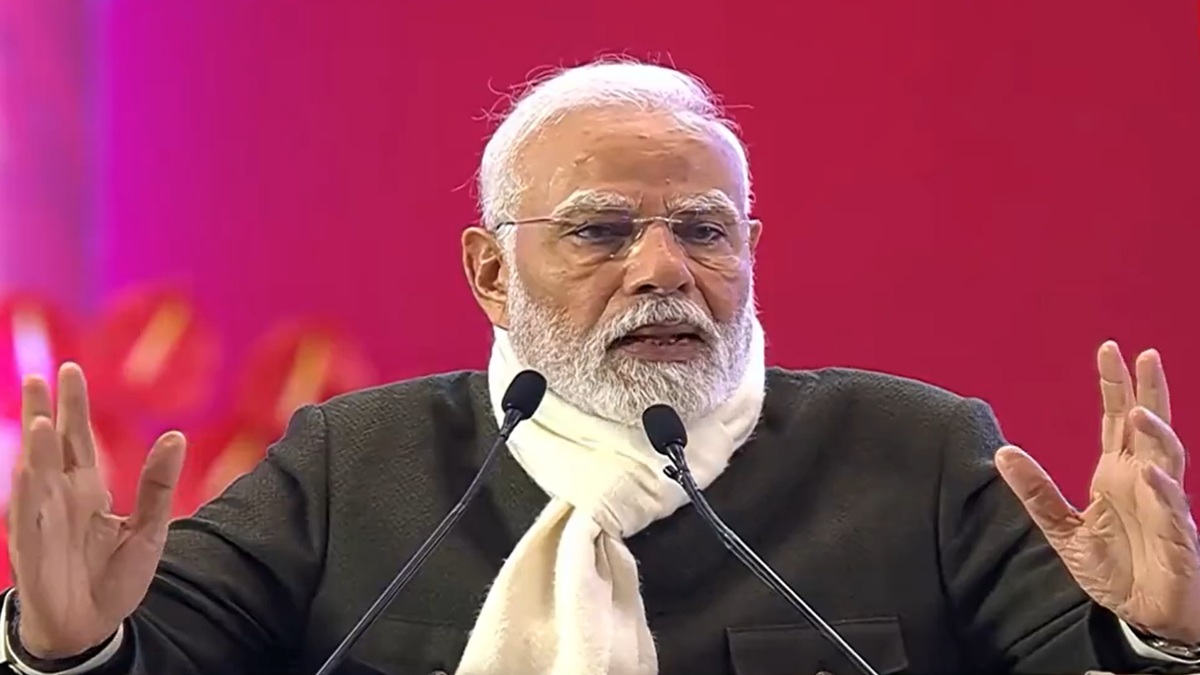
Measles and rubella rank among the extremely contagious diseases that mainly occur in children. Health problems associated with Measles and rubella diseases still occur throughout the population of children in India. Public health protection ranks as a top priority in India due to an upcoming vaccine campaign, which establishes total elimination of these two diseases using complete vaccination protocols. The scheme supports goals established by worldwide health organizations including the World Health Organization (WHO).
Context of the News:
-
The Ministry of Health and Family Welfare produced the National "Zero Measles-Rubella Elimination Campaign 2025–26" to eliminate measles and rubella from India before 2026.
Key Points:
-
Launch: The Zero Measles-Rubella Elimination Campaign 2025–26 received its launch from the Ministry of Health and Family Welfare.
-
Theme: ‘Immunisation for All is Humanly Possible’
-
Objective: The core objective of this program is to stop new measles and rubella cases from occurring across India by the year 2026.
-
Vaccination Coverage: Aiming for more than 95% vaccination coverage across all districts of India.
-
Awareness: The awareness drive organized various informational materials, such as videos and jingles, and posters, to conduct intensive outreach.
-
Monitoring systems: The IDSP, along with the U-WIN digital platform, serves as a data-based monitoring system.
-
Focus Area: Special attention will be given to areas of higher risk, which include slums, together with remote locations and migrant residential clusters, to reach every child for vaccination.
-
“Act Now” Campaign: The Act Now mobilization strategy boosts campaign outcomes by leveraging community participation, implementing active surveillance methods, and targeting outreach in outbreak-prone areas.
-
Recognition: The country achieved recognition through winning the Measles and Rubella Champion Award (2024), which commended its success in cutting down both diseases.
Conclusion:
Public health efforts in India have initiated the National ‘Zero Measles-Rubella Elimination Campaign to eradicate two childhood viral diseases from the country. The program uses strong vaccination programs together with community engagement at scale along with data-based monitoring to achieve its success metrics.



 India Takes Major Strides Toward Malaria Elimination on World Malaria Day 2025
India Takes Major Strides Toward Malaria Elimination on World Malaria Day 2025 Former ISRO Chairman Dr. K. Kasturirangan Passes Away at 84
Former ISRO Chairman Dr. K. Kasturirangan Passes Away at 84 Union Minister Dr. Mansukh Mandaviya Launches Issuance of Sports Certificates via DigiLocker and Ina
Union Minister Dr. Mansukh Mandaviya Launches Issuance of Sports Certificates via DigiLocker and Ina PM Modi Addresses India Steel 2025: Paving the Way for a Steel-Strong India
PM Modi Addresses India Steel 2025: Paving the Way for a Steel-Strong India Pahalgam Terror Attack 2025: About Pahalgam and India’s 5-Point Action Plan Against Pakistan
Pahalgam Terror Attack 2025: About Pahalgam and India’s 5-Point Action Plan Against Pakistan Pahalgam Terror Attack: What happened and way ahead
Pahalgam Terror Attack: What happened and way ahead Extension of Mission Anveshan: Boosting India’s Energy Security
Extension of Mission Anveshan: Boosting India’s Energy Security India’s Aviation Revolution: From Regional Runways to Global Routes
India’s Aviation Revolution: From Regional Runways to Global Routes Introduction of Hindi as a Third Language in Maharashtra – NEP 2020 Alignment
Introduction of Hindi as a Third Language in Maharashtra – NEP 2020 Alignment






